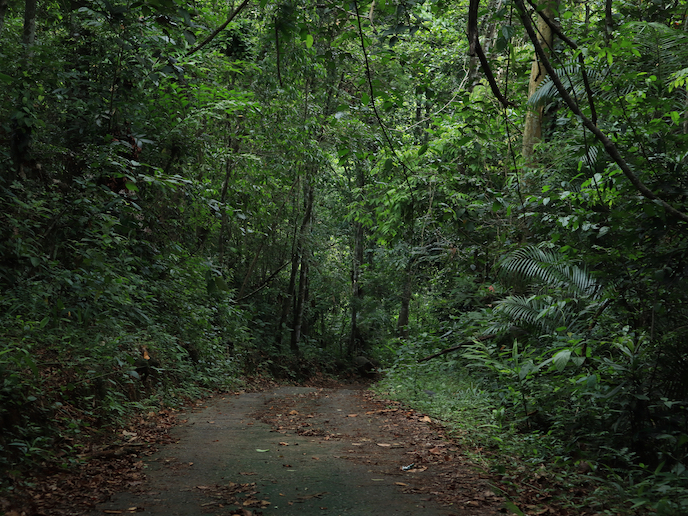Fire can be a useful tropical forest management tool
Tropical forests face competing demands. Expanding agricultural frontiers, natural resources extraction and industrial development are some of the human activities that threaten these landscapes. Effective management is essential in order to meet these demands while still protecting biodiversity and ecosystems. Ecological models are useful management tools. But a limitation with many is the emphasis they place on re-establishing pristine or still-intact forest ecosystems. More realistic models have to represent the impact of changing ecological and social dynamics together. “Taking a long-term view, practices often considered damaging to tropical forests can be more constructively viewed as being simply part of the complexity inherent to them,” says EARNEST project coordinator Shonil Bhagwat from The Open University, the project host. The principal focus of the EU-supported EARNEST project was on the impact of fire. Looking at the Western Ghats region of India, the project found that anthropogenic fires have been common in this landscape for millennia. The team found that these low-intensity fires, used to replenish the nutrients in agricultural fields, are not detrimental to biodiversity in the Western Ghats. “The lesson here for tropical ecosystem management is that fire need not be problematic, if managed well,” adds Bhagwat.
The coexistence of social and ecological systems
Partly driven by the greening agenda and the Clean Development Mechanism, India’s National Agroforestry Policy has ambitious reforestation plans. However, this is not always the complete answer for tropical landscapes. Planners often prefer fast-growing, exotic trees, but they should also explore native alternatives – some fast-growing, others slow-growing for an appropriate blend. “This applies to Europe as well, where trees are sometimes planted to make landscapes greener, without necessarily respecting the cultural landscapes that have been in existence for millennia,” explains Charuta Kulkarni, a Marie Skłodowska-Curie Actions fellow. To develop their social-ecological model, EARNEST conducted a literature review to quantify the drivers of change, including rainfall and human activities such as land burning practices, in the Western Ghats’ ecosystems. Additionally, to capture biodiversity information, the team fed into the model field survey results which identified hundreds of species of forest trees calculating how many existed in particular areas of the ecosystem. These models were then tested against actual long-term ecological datasets holding information from fossilised pollen grains collected from sediment cores from regions of past agroforestry. This data shed light on previous plant diversity and fire prevalence, extrapolated from the quantities of charcoal particles, going back thousands of years. “Our analysis allowed us to make recommendations to protect biodiversity while meeting social needs, some of which are relevant for Europe. For example, pastoral burning can be a useful land management tool and indeed has already been revived within the past 30 years in some regions such as the French Pyrenees,” adds Walter Finsinger, from project collaborator CNRS.
The international dimension
Aside from the transferrable knowledge that EARNEST offers European forest custodians, prudent management of tropical forest ecosystems and agricultural landscapes globally impacts the EU because much of the food it consumes is imported from tropical countries. “The EU’s relationships with these tropical countries, including trade in agricultural products, will influence these landscapes. Here, our results could be relevant to the EU’s international strategy,” notes Bhagwat. The data from EARNEST is currently awaiting publication and will be made available to the wider scientific community interested in the management of tropical forests.
Keywords
EARNEST, tropical, forest, land management, fire, ecosystem, biodiversity, farmers, agricultural, food, India







